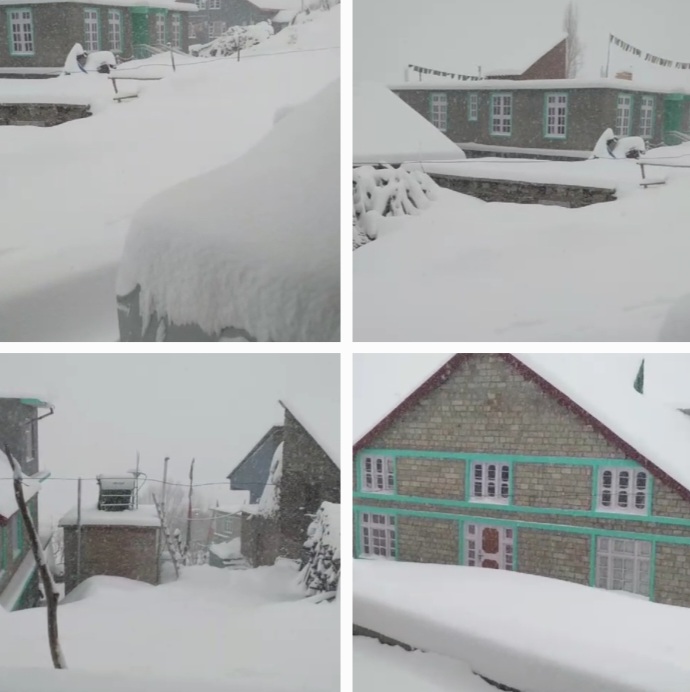Shimla, Feb 7 – Even as former Deputy Mayor of Shimla, Tikender Panwar, raises an alarm over an impending drought in Himachal Pradesh, citing IPCC reports and climate models, a fundamental question looms—can these expert panels, which have often faltered in their predictions, be taken at face value?
The IPCC’s Track Record: Flawed and Questionable
Panwar’s letter to Chief Secretary Prabodh Saxena and Chief Minister Sukhvinder Sukhu paints a grim picture—lesser rainfall, receding snowlines, and erratic precipitation patterns.
He cites the Intergovernmental Panel on Climate Change (IPCC), which has repeatedly issued doomsday warnings about extreme weather events.
But let’s pause for a reality check.
This is the same IPCC that falsely predicted in 2007 that the Himalayan glaciers would vanish by 2035—an alarming claim that was later debunked as a glaring miscalculation.
The organization has since been forced to backtrack on multiple assertions.
So, when Panwar leans heavily on IPCC projections, one must ask—how reliable is this prophecy of a "looming drought"?
Nature Is Unpredictable, No Expert Panel Can Claim Otherwise
The letter warns of a "new normal" where extreme weather oscillations—heavy rainfall followed by dry spells—become routine.
But hasn’t Nature always functioned in cycles? If extreme weather is the "new normal," was the 1908 drought or the 1997 excessive snowfall an anomaly?
Climate patterns are complex, and while trends can be analyzed, no single authority—be it the IPCC, the Indian Meteorological Department (IMD), or any government—can definitively predict what Nature will do next.
Panwar calls for urgent action, including water audits, infrastructure redesign, and regulation of groundwater extraction.
While these measures are necessary from a governance standpoint, the underlying fearmongering needs scrutiny.
Is this about real preparedness, or is it another instance of climate panic fueled by reports that have been wrong before?
Himachal’s Real Problem: Policy Failures, Not Just Climate
Yes, water scarcity is a legitimate concern. But is it entirely due to shifting climate patterns, or is poor planning a bigger culprit?
Himachal's drinking water schemes are largely lift-based, inefficient, and leak-prone, leading to wastage of up to 50% of the supply.
Yet, policymakers seem more comfortable blaming climate change rather than fixing structural flaws in water management.
Moreover, while Panwar calls for a crackdown on borewells, a question arises—should the government dictate how citizens access water when its own distribution systems are failing?
Water shortages in urban and rural areas often stem from haphazard urbanization, deforestation, and mismanagement of local water bodies—factors that are conveniently overlooked in favor of blaming broad climate trends.
The Real Takeaway: Act, But Stop the Climate Hysteria
Himachal needs serious water conservation efforts, better infrastructure, and a pragmatic approach to weather uncertainties.
But relying on the same climate panels that have erred before is not the way forward.
Instead of getting caught up in the alarmist rhetoric of "imminent droughts" based on IPCC predictions, the state must focus on real, tangible solutions—fixing water pipelines, enforcing sustainable urban planning, and ensuring equitable water distribution.
The climate may be changing, but doomsday predictions have changed even faster.
The real question is—will Himachal prepare for the future, or will it keep chasing flawed expert forecasts that have been proven wrong time and again?









